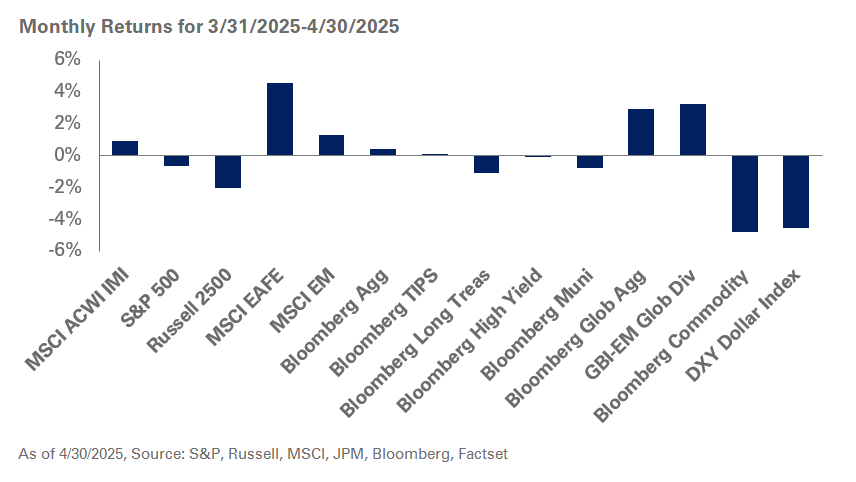The U.S. stock market is proving to be quite a headscratcher so far this year.
Since taking a nosedive in March, the S&P 500 Index has racked up impressive gains of 56.4%. What’s more, this successful run comes not only amid a pandemic, but also on the back of the sharpest contraction in the US economy since the 1940s. This recent rally, led by technology stocks, is causing some to question the soundness of markets while pointing to a potential dislocation between economic data and equity values.
At NEPC, we believe the reason behind these higher stock valuations lies in our key market theme of permanent interventions. The continuing willingness of central banks and governments to bolster market sentiment as they seek to offset the economic fallout from COVID-19 is emboldening investors to look beyond corporate profits in the near term, in the hopes that earnings will return to their pre-COVID path in the future. In fact, the discounted cashflow (DCF) model, a well-known valuation method, suggests that the robust recovery of US equities is likely a rational response to the unprecedented display of monetary and fiscal support. We expect the current trend in valuations will likely persist. To that end, we recommend that investors maintain overall equity exposure in line with their strategic targets despite the elevated price-to-earnings levels.
Price-to-earnings multiples on stocks are currently trending higher because the expectation of low interest rates is encouraging investors to value corporate earnings further out into the future. In our analysis we look to the DCF model which calculates a company’s perceived value based on its expected stream of earnings and implied growth rates. The DCF model takes the sum of the estimated future earnings and applies a discount rate to determine a theoretical present value for a company. Critical to this concept is the time value of money: the idea that money or earnings today are worth more than earnings tomorrow. The discount rate is central to this idea as future earnings are discounted by the cost of capital to estimate the intrinsic value of a company.
Using this methodology, the value of future earnings and a company’s valuation increases when the discount rate and cost of capital declines. With interest rates in the United States at rock bottom (and expected to remain low for an extended period), the cost of borrowing has declined for credit-worthy companies and many have piled on debt to take advantage of these low rates. As a result, debt-to-equity ratios for companies in the S&P 500 Index have increased 13% since March, according to FactSet data, pushing down their cost of capital and elevating their valuations. Meanwhile, trailing financial indicators underscore the current economic disruption, but stock prices are more reflective of the future stream of earnings discounted at historically low interest rates.
Therefore, when viewing the rally in US equities through the lens of a DCF model, the gains are in line with market fundamentals despite the extreme economic disruption caused by COVID-19. That said, significant economic uncertainty remains despite the strong performance from stocks. To that end, we encourage investors to be disciplined and maintain strategic targets for equity and safe-haven fixed-income exposures. To learn more on our views on equities and asset allocation, please reach out to your NEPC consultant today.



